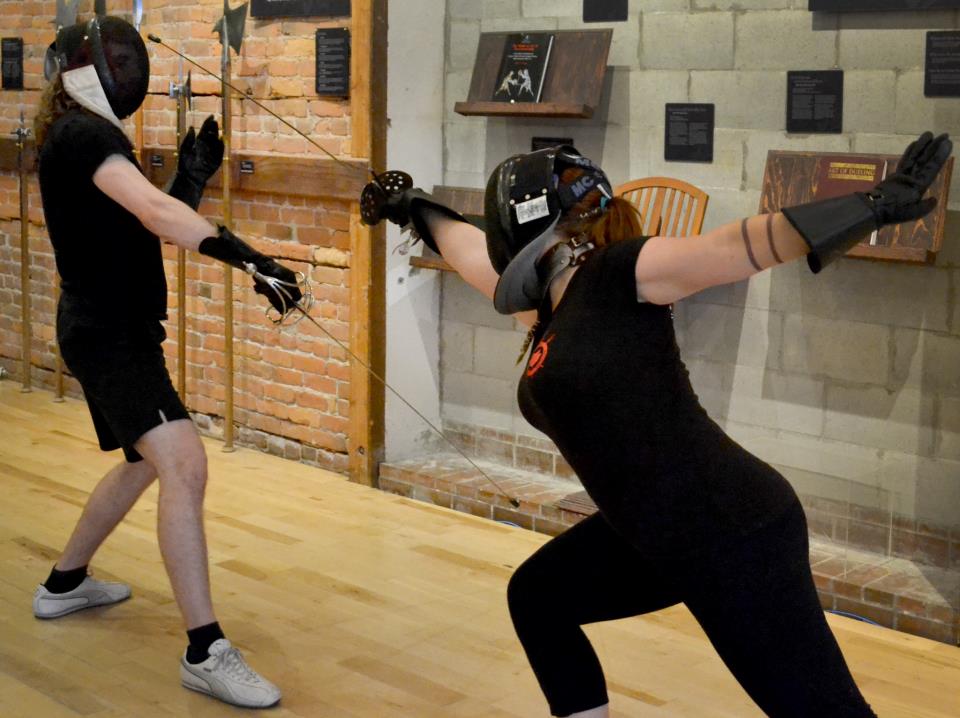To any action in combat there are typically multiple responses that can functionally deal with that action (for example you can parry it, control it, strike into it, and so on). The choice of responding action is generally dictated by overall strategy or tactical needs. There are times when you want to strike into an oncoming attack, step away from it, or parry it directly. Each of these responses accomplishes the first priority of a defence -- in that they all keep you safe -- however, each will lead to a different outcome and place for the next stages of the fight.
When it comes to drilling a specific response, many tactical exercises will not preclude the ability of the other options to be applied. This means there is room in a drill where you’re trying to integrate a new skill to find yourself applying an existing old skill instead. This is an artifact of good combat conditioning. You’re implementing skills on a non-“thinking” level -- which is the goal of conditioning. However, it’s important to have a diverse tool kit, so that’s why you drill other options. This leads to the drilling faux-pas I want to address: the abort.
An “abort” often occurs when you catch yourself applying old skill A when you intended to do new skill B, and you stop yourself mid-action. I often see students do this and abort the “wrong” parry only to be struck, or they abort the “wrong” attack and thus fail to hit their partner.
The risk of this behaviour is that you bring over-thinking into your sparring. Combat really is about doing what’s functional versus doing what’s “right”. Mistakes happen all the time in combat and often what distinguishes the victor from the vanquished is the ability to keep going and recover from mistakes.
So when you are training a new skill, allow room to make mistakes and recover from them. If you want to train an alternate way of defending yourself, make sure that your drill considers what happens after the defence. In this way you can reward the new behaviour by setting up a situation where the “right” action allows step 2 to occur. You will also benefit from making sure that if the wrong choice is made, that you drill in recovery. This is much better for your practice than pausing, and you can reset the drill once the pass is concluded. You may not be able to proceed to step 2 but you should force yourself to at least practice exiting safely to reattempt step 1.
Of course, be sure to punish aborts. In our defence example, you need to go in explicitly understanding that the first priority is to “not get hit” and that the added strategic benefit of the new technique is the second priority. If you fail at priority one, your drilling partner should make sure you know it.
